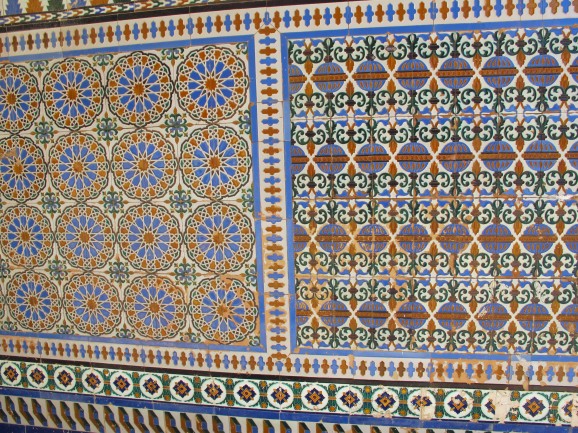
Typical Souvenirs and Azulejos in Seville
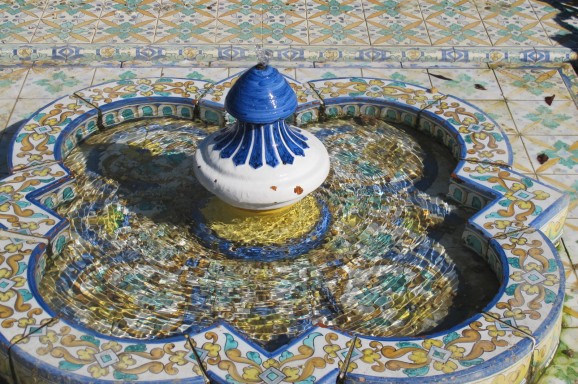
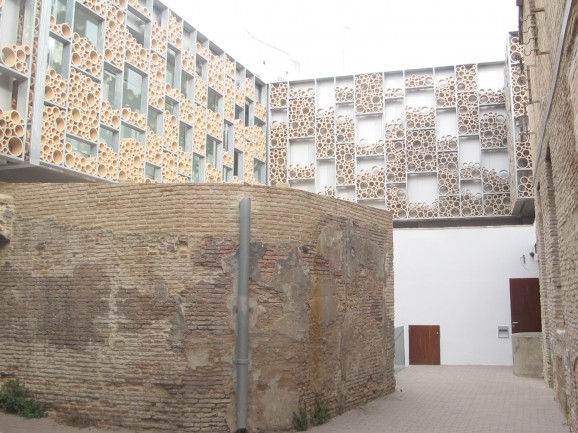
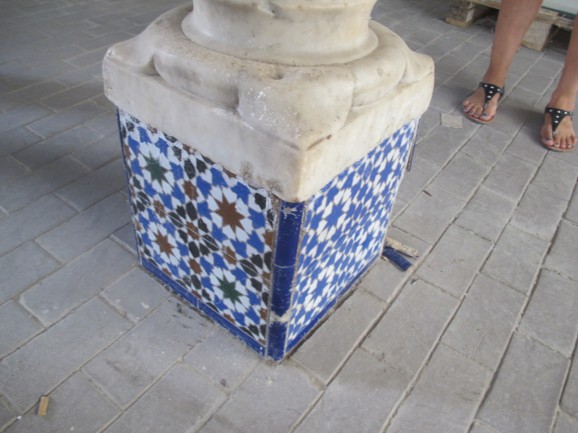
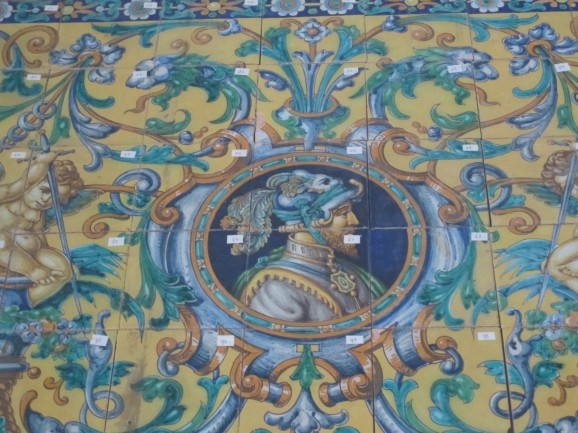
When you visit a city, it's always fun to take home a typical object from there, whether it be food, artwork, clothing or whatever. In Seville, many people choose to buy an item of flamenco - a fun, frilly, polka-dotted apron, some spotty shoes which tap loudly on the floor, or some castanets.

Another popular item to take home is azulejos - painted ceramic tiles. These have been made in Seville for centuries, and now the tradition and heritage of the tile is being celebrated with a new interpretation centre-cum-museum in Triana, the riverside barrio where the tiles were, until relatively recently, made in factories and workshops.
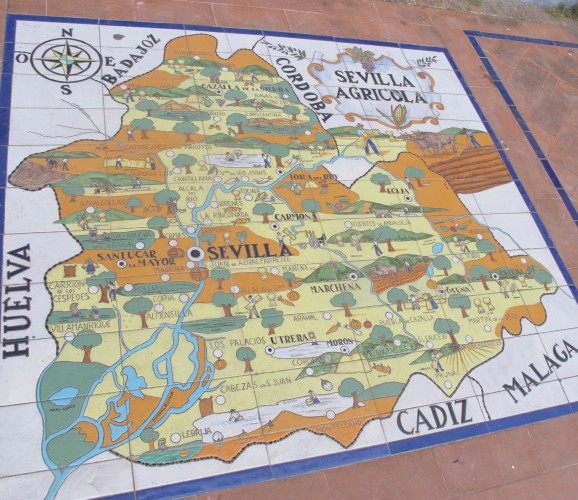
If you know Seville, you'll know the art of the azulejo - bursts of colour and geometric design which cover patios all over the city, as well as providing advertising plaques and street signs, pictures of the Virgin outside people's houses, and covering benches and fountains in parks. The best place to see tiles, in a dazzling display which takes hours to appreciate fully, is Plaza de España, which has thousands of them.
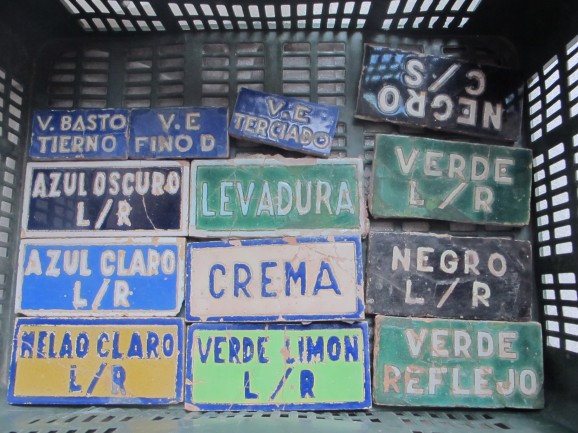
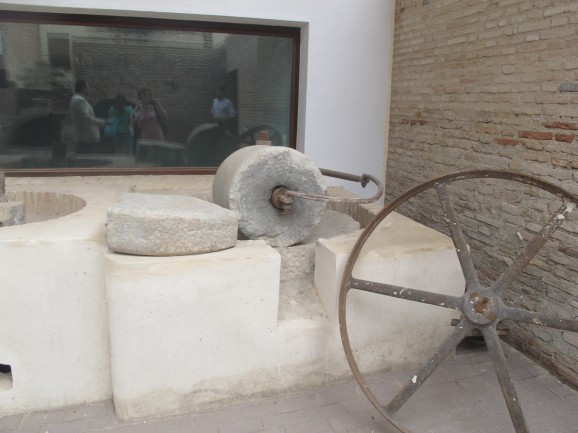
Fittingly, the new centre is inside an old ceramic factory, the much-lamented Ceramica Santa Ana, whose coloured facade is a landmark in Triana. The tiled frontage will stay, but behind it you can explore all the structures from the once-busy workshops, from the kilns where the tiles and other earthenware pieces were fired, to the stone handmills used to crush the pigment dyes.

The Centro Ceramica Triana doesn't open until October, but I was allowed to see it last week, and I was bowled over by what I saw - and that was without many of the information panels or most of the tiles! The architects have come up with a fabulous Moorish-style celosia, a lattice which brings a pottery theme to the building's facade, providing much-needed shade from the harsh southern Spanish sun, while also letting enough light into the interior.
You will be able to see around 70 pieces, or sections, dating from Medieval to modern times, with tiles coming from various museums around Seville. There will also be a space providing information about the neighbourhood where the centre is located, Triana, which is famous for its bullfighters, gypsy flamenco performers, sailors, and Semana Santa processions, especially the Nuestra Señora de la Esperanza de Triana. Triana is traditionally where tiles have been made, using barro (clay) from the riverbanks, since Roman times.
The centre will represent a major new visitor attraction for Seville, and is much anticipated in the city. Opening hours and admission prices will be confirmed nearer the opening date, scheduled for early October - watch this space.